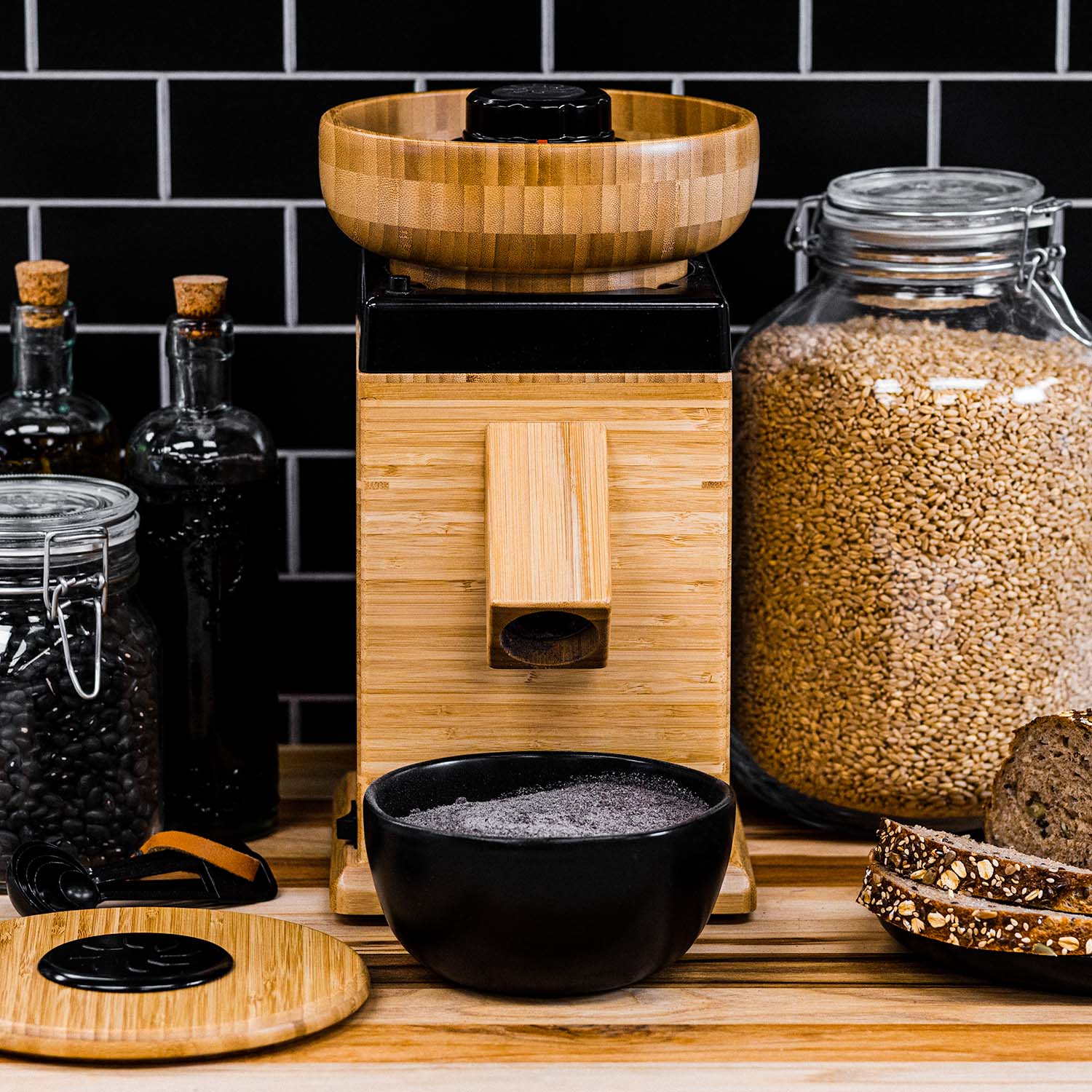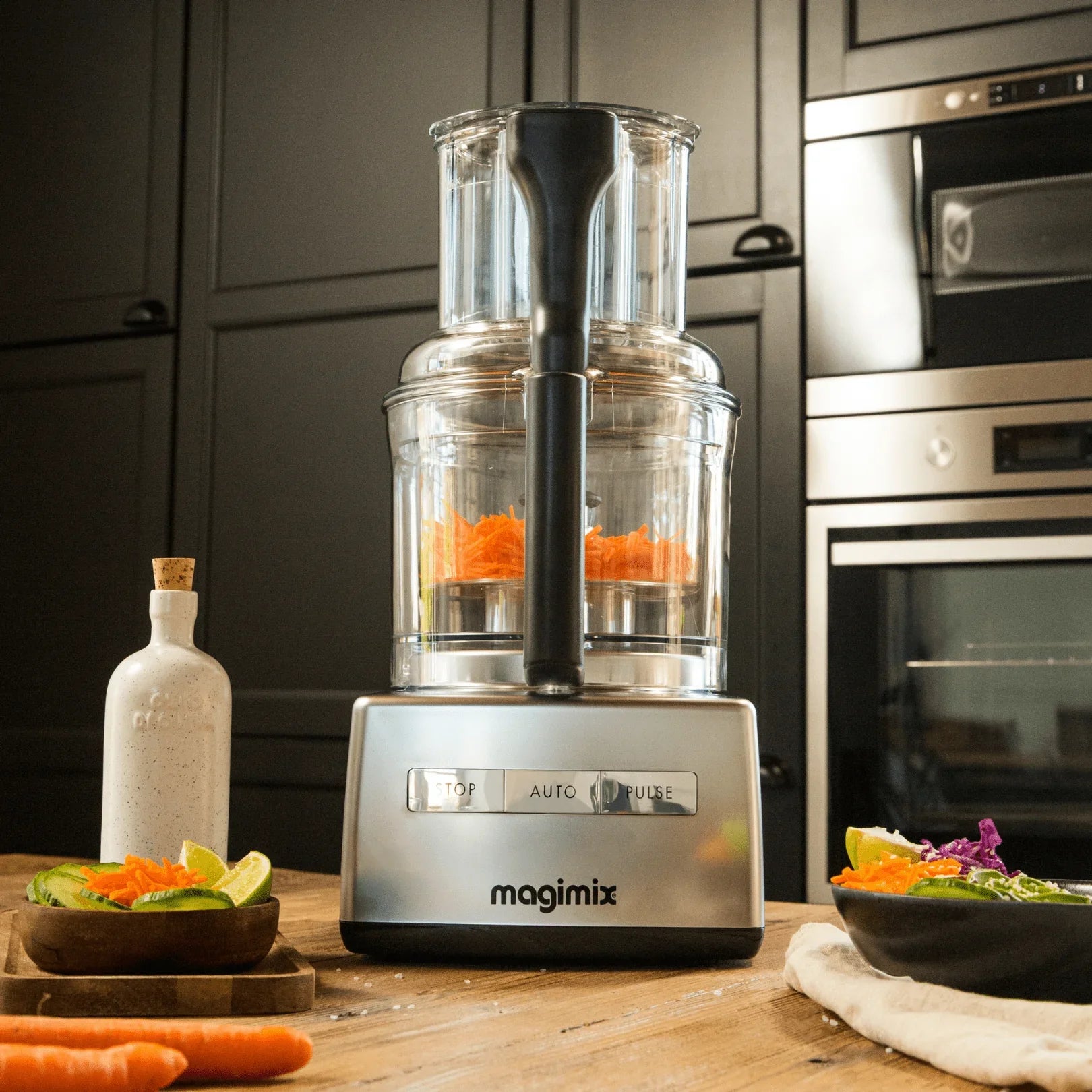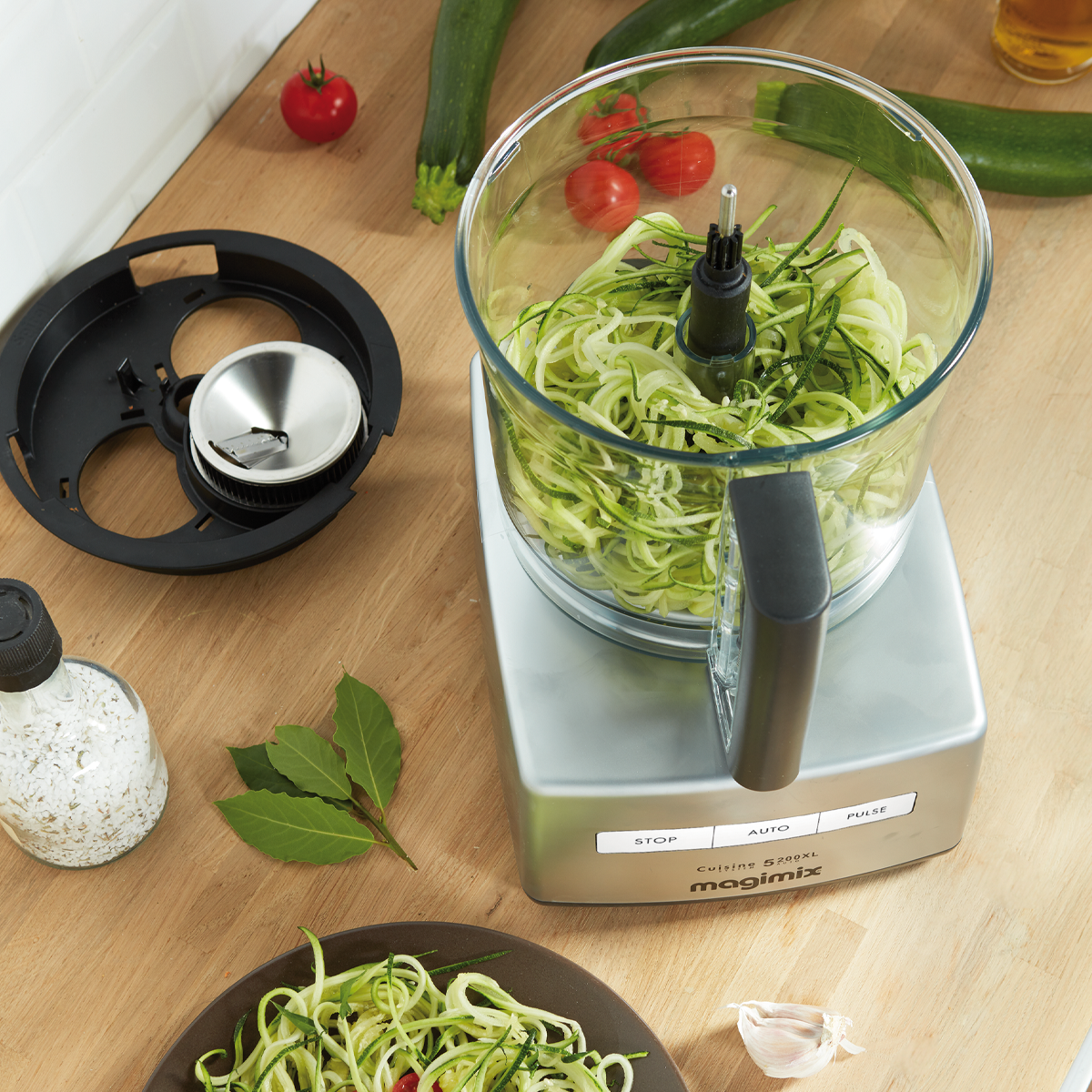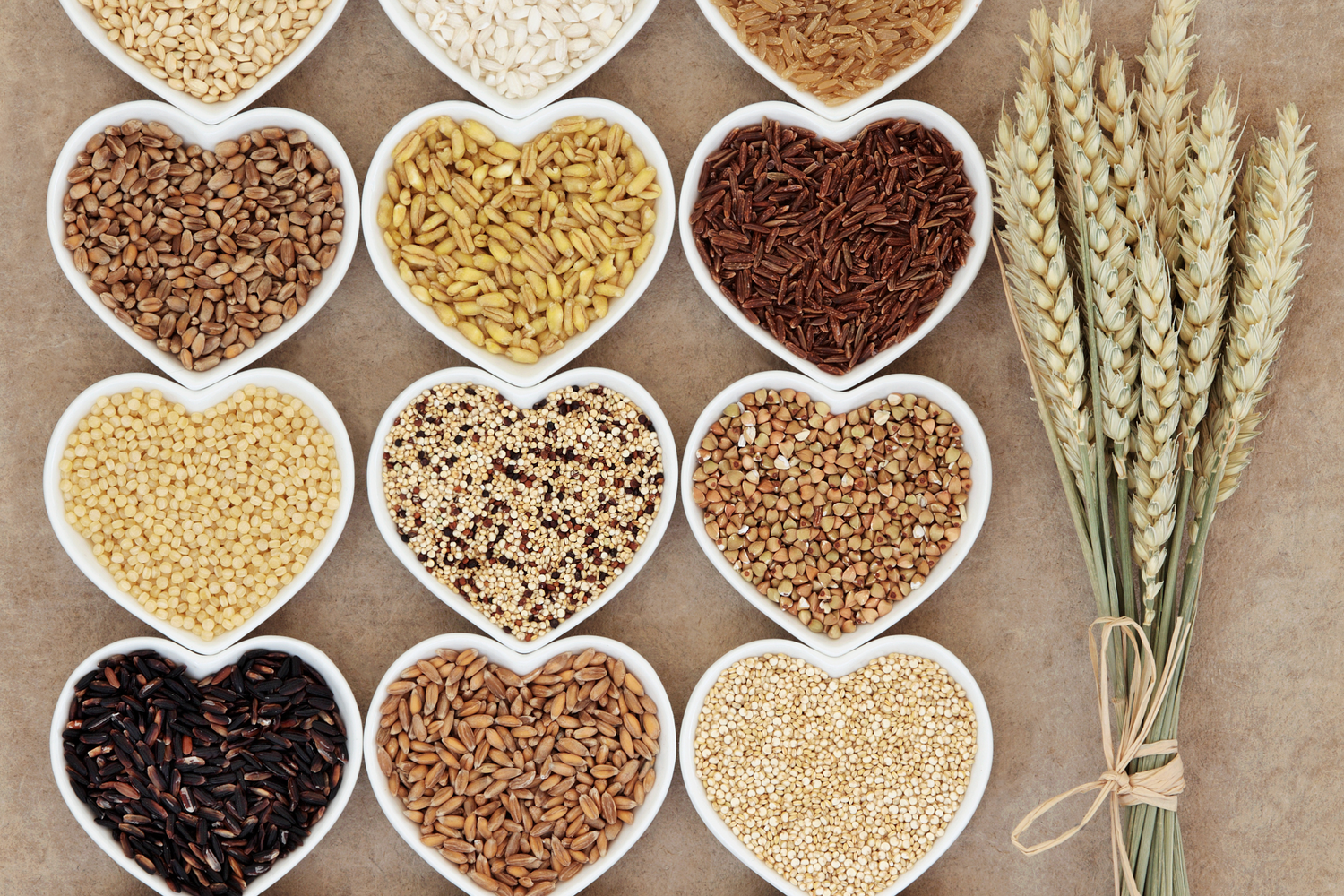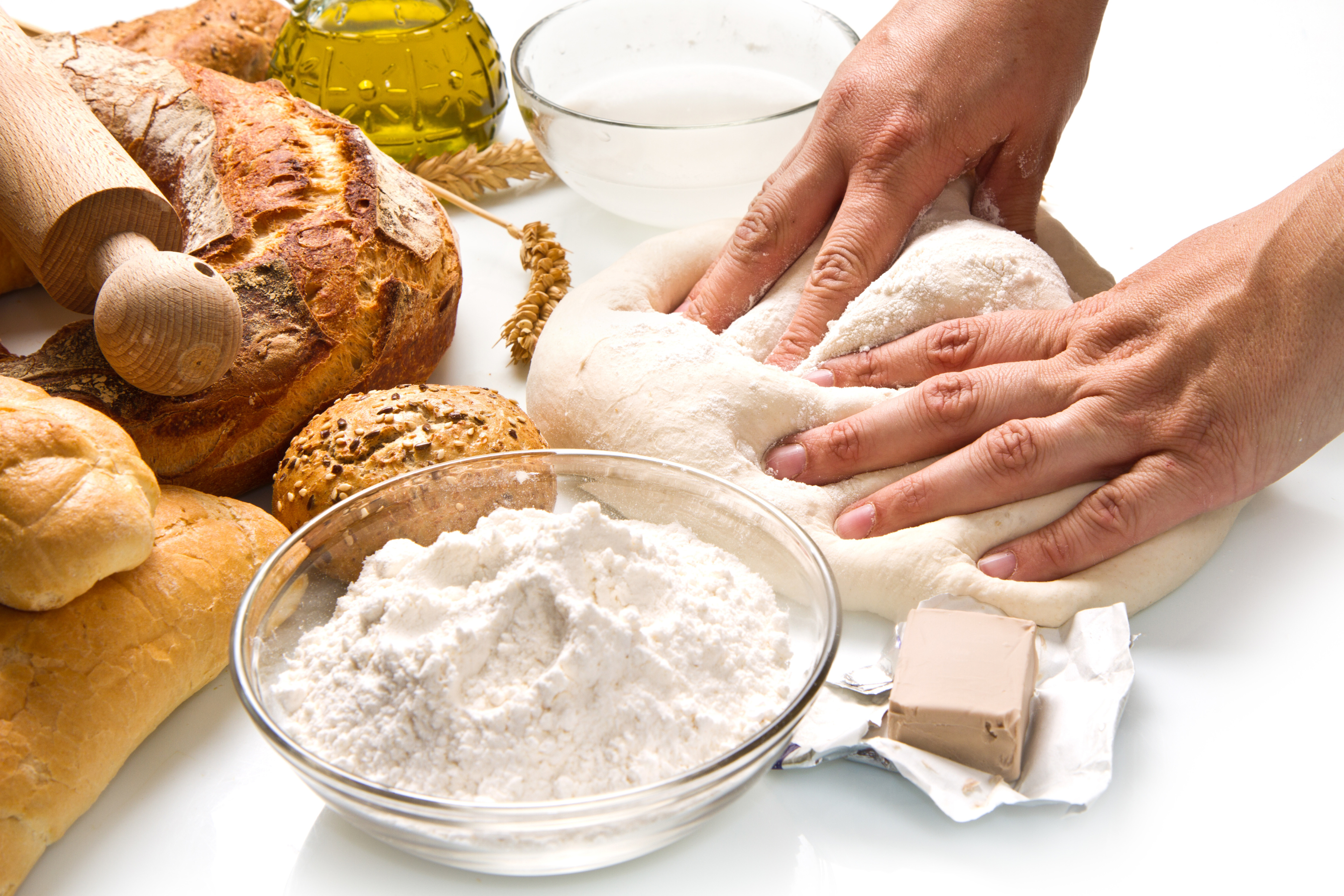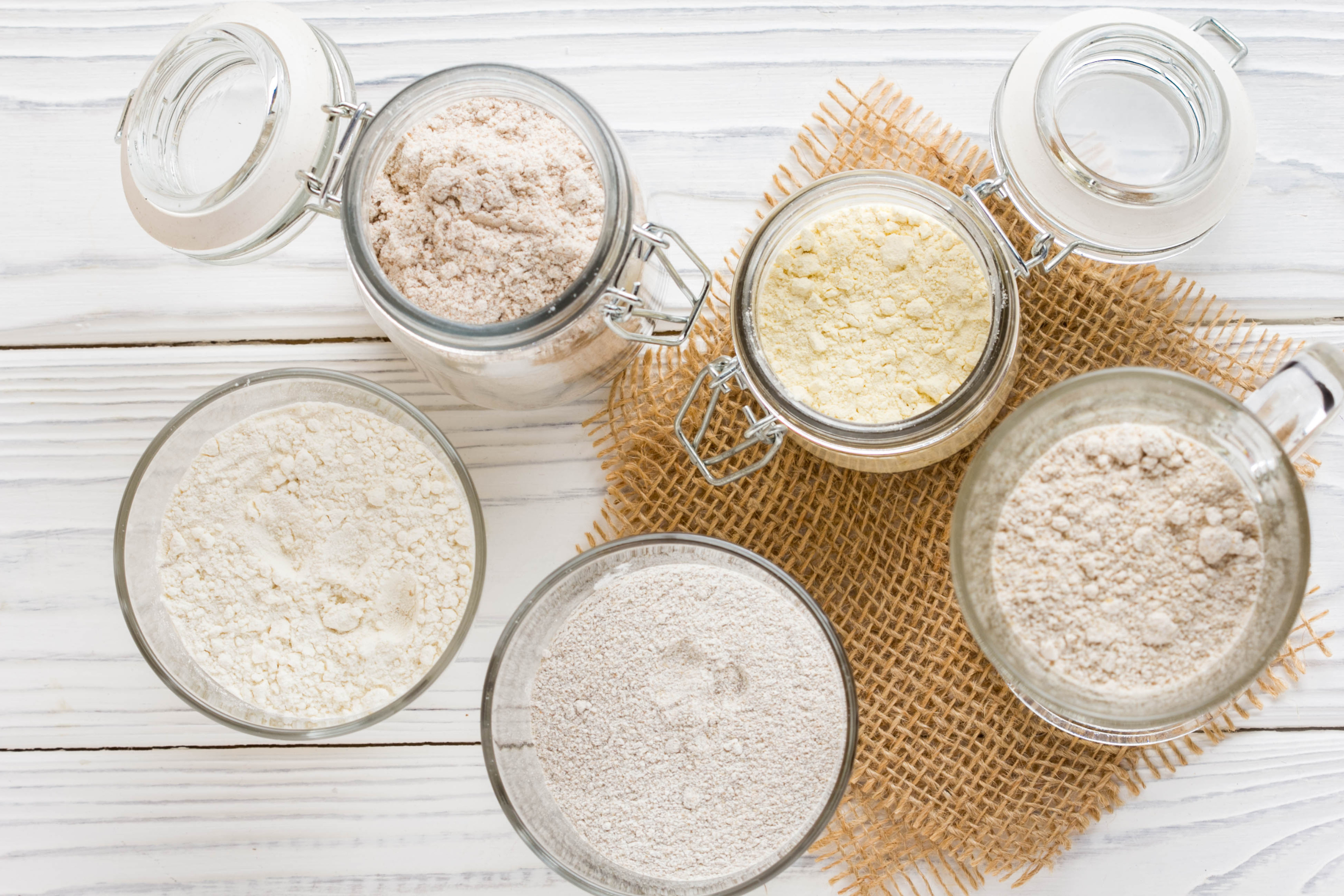Shop Grains Here
For centuries, wheat has been the primary staple grain for many cultures around the world. However, in recent years, alternative grains like millet, quinoa, and others have risen in popularity. More and more people are incorporating these grains into their diets due to their unique flavors, nutritional profiles, and environmental impact. In this article, we'll take a closer look at these grains and delve into their history, health benefits, and culinary uses.
The Rise of Alternative Grains
Alternative grains have been around for thousands of years, but it's only in recent decades that they've gained mainstream popularity. One of the primary reasons for this rise is the increasing demand for gluten-free and plant-based foods. Traditional wheat-based products like bread and pasta are a no-go for individuals with celiac disease or gluten sensitivity. Alternative grains, like quinoa and millet, offer a gluten-free option for those individuals and others looking to reduce their gluten intake. Additionally, alternative grains are often more environmentally sustainable and require less water and fertilizer to grow, making them a desirable choice for eco-conscious consumers.
Reasons for Increased Popularity
Alternative grains have become more widely available in grocery stores and markets as more people look for variety in their diets. People are also experimenting with new flavors and textures in their cooking and baking, and alternative grains offer a unique taste and texture. Additionally, alternative grains often have a strong cultural significance and connection to their country of origin, making them appealing to those seeking to learn about different cultures through food.
Health Benefits of Non-Wheat Grains
Millet, quinoa, and other alternative grains offer a range of health benefits. Here are some key benefits:
Millet:
Although millet is often overlooked, it is a nutrient-packed grain. It's an excellent source of fiber, minerals, and antioxidants. Millet can help to regulate blood sugar, lower cholesterol levels, and improve digestion. Additionally, millet is affordable and versatile, making it an accessible option for those on a budget.
Quinoa:
Quinoa is a superfood seed that's packed with nutrients. It's a complete protein, meaning it contains all nine essential amino acids that your body needs but can't produce on its own. Quinoa is also high in fiber and antioxidants, making it an excellent choice for maintaining good gut health and reducing oxidative stress in the body.
But it's not just millet and quinoa that offer health benefits. Other alternative grains like amaranth, teff, and sorghum are also packed with nutrients. Amaranth, for example, is high in protein, fiber, and minerals like iron and magnesium. Teff, a tiny grain that's native to Ethiopia, is a good source of protein, fiber, and calcium. Sorghum, a gluten-free grain that's often used in African and Indian cuisine, is high in antioxidants and has been shown to have anti-inflammatory properties.
Environmental Impact of Alternative Grains
Alternative grains have a significantly lower environmental impact than traditional grains like wheat. Many alternative grains require less water and fertilizer to grow, making them a more sustainable option. Additionally, alternative grains like quinoa are often grown by small-scale farmers, providing income and economic opportunities in developing countries.
But the environmental benefits of alternative grains go beyond just water and fertilizer usage. Alternative grains like amaranth and teff are also naturally drought-resistant, making them a good option for areas that are prone to drought. And because alternative grains are often grown in smaller quantities than traditional grains, they can be grown using more sustainable farming practices like crop rotation and intercropping.
Overall, the rise of alternative grains is a positive trend for both our health and the environment. By incorporating a variety of alternative grains into our diets, we can reap the health benefits of these nutrient-packed foods while also supporting sustainable agriculture and small-scale farmers around the world.
Millet: The Ancient Grain
History and Origins of Millet
Millet is an ancient grain that has been cultivated for over 10,000 years in Asia and Africa. It was also an important crop in ancient China, where it was used for food and medicine. Today, millet is grown in many parts of the world, including India, Nigeria, and the United States.
Millet is believed to have originated in Africa and was later introduced to Asia, where it became a staple food. The grain was especially popular among the nomadic tribes in Africa and Asia, who relied on it for sustenance during long journeys.
The cultivation of millet spread to Europe and the Americas during the colonial era, and it is now widely consumed in many parts of the world. In India, millet is known as "bajra" and is used to make flatbreads, porridge, and other traditional dishes.
Nutritional Profile of Millet
Millet is a good source of fiber, protein, and essential minerals like magnesium and phosphorus. It's also gluten-free, making it a safe option for those with celiac disease or gluten sensitivities.
In addition to its nutritional benefits, millet has also been shown to have antioxidant properties, which can help reduce inflammation and protect against chronic diseases.
Studies have also suggested that millet may have a positive effect on blood sugar levels, making it a good choice for those with diabetes or at risk of developing the condition.
Cooking and Using Millet in Recipes
Millet has a mild, nutty flavor and a fluffy texture when cooked. It can be used in a variety of dishes, including salads, stews, and porridge. To cook millet, rinse it thoroughly under running water, and then add it to a pot with two cups of water for every cup of millet. Bring the water to a boil, then reduce to a simmer, and cook covered for 20-25 minutes.
Millet can also be used as a substitute for rice or quinoa in many recipes. It can be added to soups and stews to add bulk and texture, or used as a base for salads and grain bowls.
For a tasty breakfast option, try making millet porridge by cooking millet with milk or water and adding your favorite toppings, such as fresh fruit, nuts, and honey.
Overall, millet is a versatile and nutritious grain that can be enjoyed in a variety of ways. Whether you're looking to add more whole grains to your diet or trying to incorporate more gluten-free options, millet is definitely worth a try.
Quinoa: The Superfood Seed
Quinoa is a versatile and nutritious seed that has been gaining popularity in recent years. Originally grown in the Andean region of South America, quinoa has become a staple ingredient in many kitchens around the world. In this article, we will explore what makes quinoa unique and the many health benefits it offers.
What Makes Quinoa Unique
Quinoa is technically a seed, but it's often referred to as a grain due to its culinary uses. It is a member of the same family as spinach and beets, and it has been cultivated for thousands of years. Quinoa is unique because it's a complete protein, meaning it contains all nine essential amino acids that your body needs to function properly. This makes it an excellent protein source for vegetarians and vegans.
In addition to its protein content, quinoa is also gluten-free, making it a great option for people with celiac disease or gluten intolerance.
Health Benefits of Quinoa
Quinoa is a nutritional powerhouse, packed with a variety of vitamins and minerals that are essential for good health. One of the most notable health benefits of quinoa is its high fiber content. Eating a diet rich in fiber can help to reduce the risk of heart disease, stroke, and diabetes. Additionally, fiber helps to keep you feeling full and satisfied, which can aid in weight loss and weight management.
Quinoa is also rich in antioxidants, which help to reduce inflammation in the body. Chronic inflammation has been linked to a variety of health problems, including cancer, heart disease, and Alzheimer's disease. By incorporating quinoa into your diet, you can help to reduce your risk of these conditions.
Finally, quinoa is a good source of minerals like magnesium and potassium, which are essential for maintaining good heart health. Magnesium helps to regulate blood pressure and reduce the risk of heart disease, while potassium helps to lower blood pressure and reduce the risk of stroke.
How to Cook and Enjoy Quinoa
Quinoa has a nutty flavor and a slightly firm texture when cooked. It can be used in a variety of dishes, including salads, stir-fries, and breakfast porridge. To cook quinoa, rinse it thoroughly under running water, and then add it to a pot with two cups of water for every cup of quinoa. Bring the water to a boil, then reduce to a simmer, and cook covered for 15-20 minutes.
Once cooked, quinoa can be used in a variety of dishes. Try adding it to salads for a nutritious and filling lunch, or use it as a base for a stir-fry. Quinoa can also be used in place of rice or pasta in many recipes, making it a versatile ingredient in any kitchen.
In conclusion, quinoa is a superfood seed that offers a variety of health benefits. Whether you're looking to increase your protein intake, reduce your risk of chronic disease, or simply add some variety to your diet, quinoa is a great choice. So why not give it a try today?
Other Non-Wheat Grains to Explore
If you're looking to expand your culinary horizons and try out new grains, there are plenty of options beyond wheat. Here are a few more non-wheat grains to consider:
Amaranth: The Protein-Packed Grain
Amaranth is a highly nutritious grain that's packed with protein, fiber, and essential minerals like iron and calcium. This gluten-free grain has been cultivated in South America for thousands of years and was a staple food of the Aztecs. Amaranth has a nutty, earthy flavor that pairs well with both sweet and savory dishes. It can be used to make porridge, soups, and baked goods, and can even be popped like popcorn for a crunchy snack.
In addition to its nutritional benefits, amaranth is also a sustainable crop that requires minimal water and can be grown in a variety of climates. Its hardy nature makes it a great option for farmers who are looking to diversify their crops and improve soil health.
Teff: The Gluten-Free Ethiopian Staple
Teff is a tiny grain that's native to Ethiopia and has been a staple food in that country for thousands of years. This gluten-free grain is rich in protein, fiber, and essential minerals like iron and calcium. It has a slightly sweet, nutty flavor that's perfect for making porridge, bread, and other baked goods.
Teff is also the main ingredient in injera, a spongy, sourdough-like flatbread that's a staple of Ethiopian cuisine. Injera is typically served with stews and other savory dishes, and is used as both a utensil and a plate.
Sorghum: The Versatile and Drought-Resistant Grain
Sorghum is a gluten-free grain that's grown in many parts of the world, including Africa, Asia, and the United States. This versatile grain is a good source of fiber, protein, and essential minerals like iron and potassium. It has a mild, nutty flavor that pairs well with a variety of dishes.
Sorghum is also a drought-resistant crop that can thrive in hot, arid climates. It's often used to make porridge, bread, and beer, and can even be popped like popcorn for a crunchy snack.
Whether you're looking for a gluten-free alternative to wheat or simply want to try out new grains, amaranth, teff, and sorghum are all nutritious and delicious options to explore.
Conclusion
Alternative grains like millet, quinoa, amaranth, teff, and sorghum are versatile, nutrient-packed options that offer a range of health benefits and environmental advantages. Experimenting with these grains can not only introduce new flavors and textures into your diet but can also help you to learn about different cultures and traditions through food. So next time you're at the grocery store, skip the traditional wheat-based products and give a new alternative grain a try!



